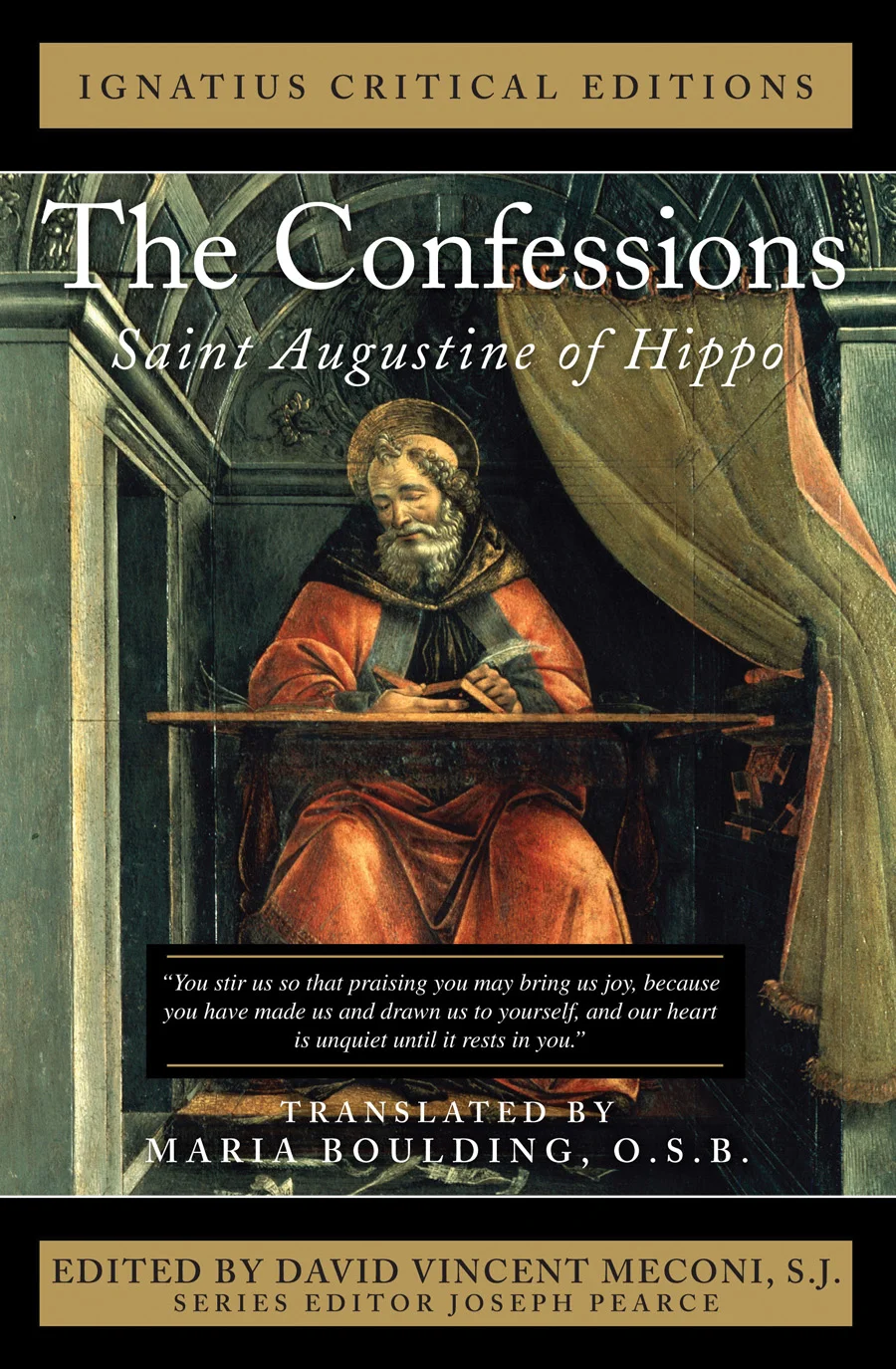The late Steve Jobs loved surprises and, at the 2007 MacWorld conference, he knew he was going to make history.
"Every once and awhile, a revolutionary product comes along that changes everything," said Apple's prophet-in-chief. This product -- on sale at the end of June 2007 -- combined entertainment programs with a telephone, while also putting the "Internet in your pocket." His punch line a decade ago: "We are calling it iPhone."
At one point in that first demonstration, Jobs began jumping from one iPhone delight to another. He wryly confessed: "I could play with this thing a long time."
To which millions of parents, clergy and educators can now say: "#REALLY. Tell us something we don't know."
One key iPhone creator has had doubts, as well, especially when he watches families in restaurants, with parents and children plugged into their omnipresent smartphones.
"It terms of whether it's net positive or net negative, I don't think we know yet," said Greg Christie, a former Apple leader who helped create the iPhone's touch interface. He spoke at a Silicon Valley event covered by The Verge, a tech website.
"I don't feel good about the distraction. It's certainly an unintended consequence," said Christie. "The fact that it is so portable so it's always with you … and it provides so much for you that the addiction actually, in retrospect, is not surprising."
There is more to this puzzle that mere addiction, according to Southern Baptist Theological Seminary President R. Albert Mohler, Jr. In a recent podcast -- yes, he noted many people listen on iPhones -- he tried to summarize the cultural, moral and even theological trends seen during the first decade in which the iPhone and related devices shaped the lives of millions and millions of people worldwide.
Rather than being a luxury for elites, he said, this device "has become something considered a necessity, and in this world, if we're playing by the world's terms, of course it is. … The question the iPhone represents to us is: Who owns whom? Do we own the iPhone, or, increasingly, immorally, does the iPhone own us?"










